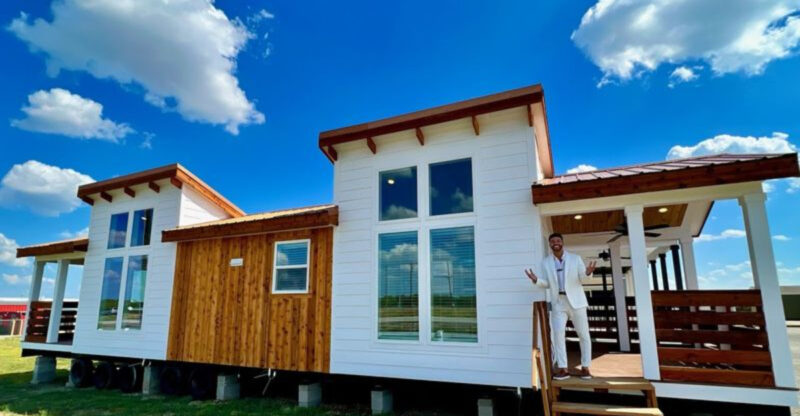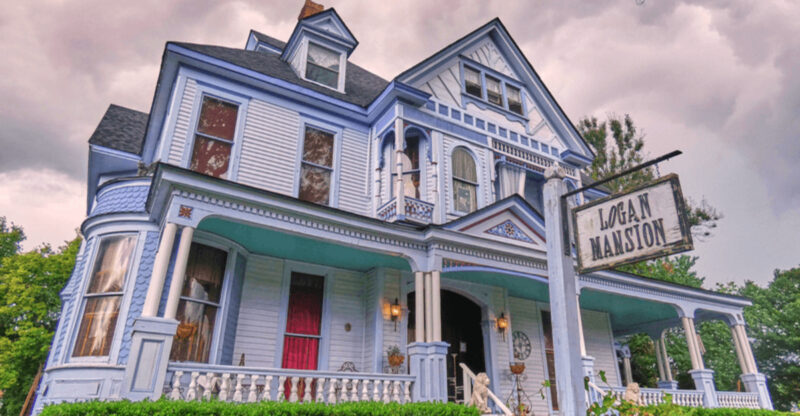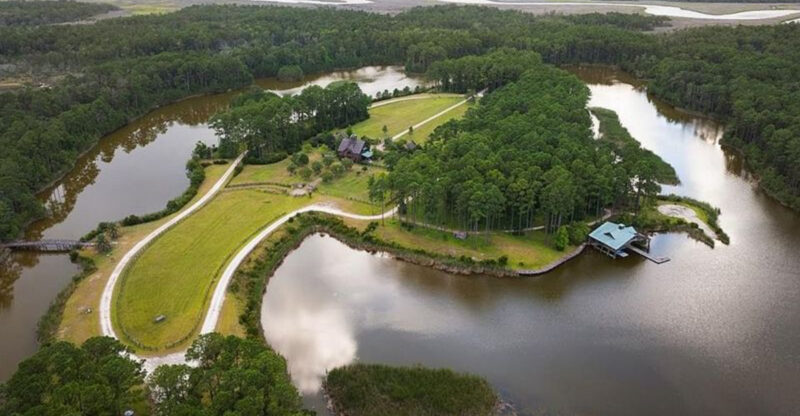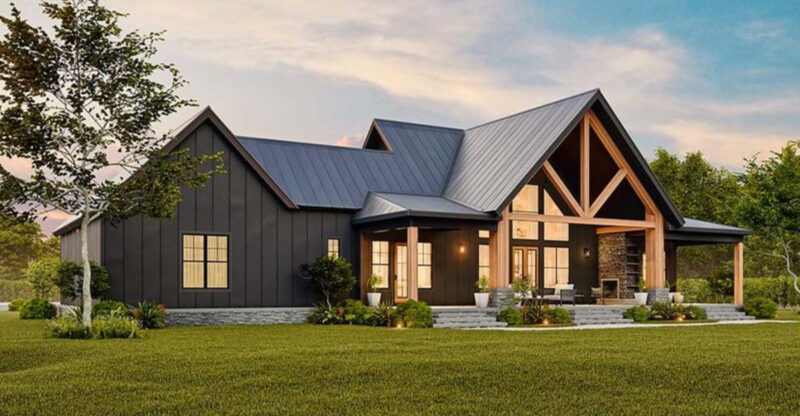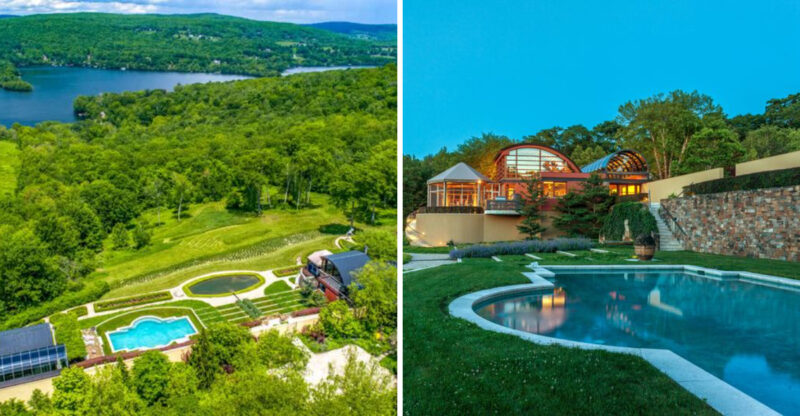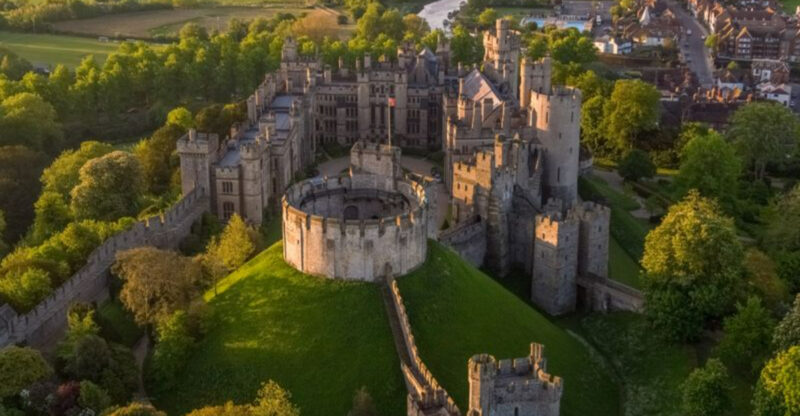Vermont’s Hidden Gem 14 Remarkable Details Of A 1898 Stone Colonial Revival On Expansive Land
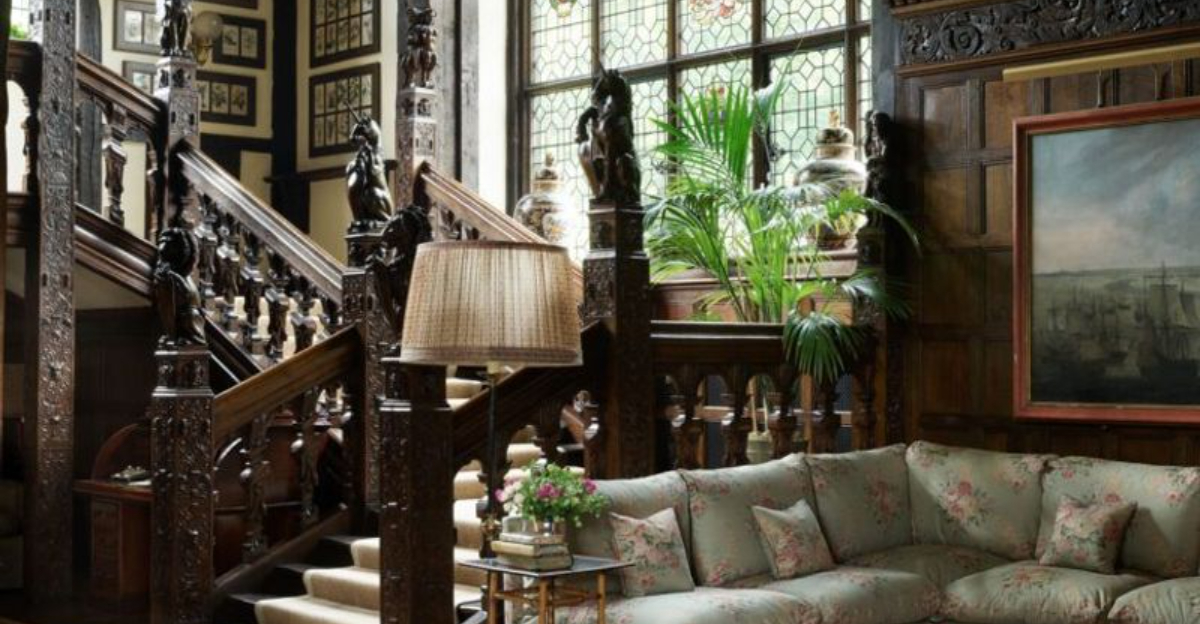
Nestled in Vermont’s rolling countryside stands a magnificent 1898 Stone Colonial Revival home that captivates with its timeless elegance.
This architectural masterpiece combines historical craftsmanship with natural beauty, sitting gracefully on acres of verdant land.
Let’s explore the fourteen most remarkable features that make this property a true hidden gem of New England’s architectural heritage.
1. Grand Stone Facade
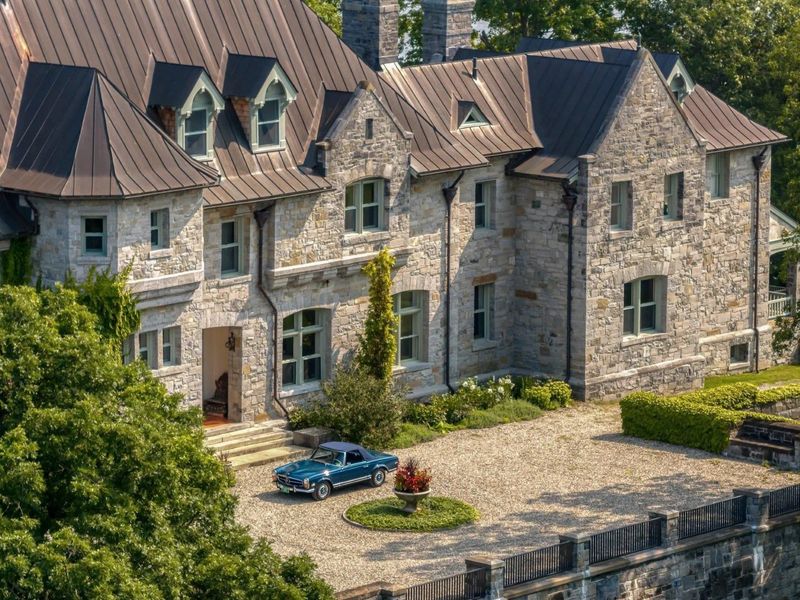
Massive granite blocks form the impressive exterior of this Vermont masterpiece, each stone hand-cut by skilled masons over a century ago. The varying shades of gray and tan create a natural tapestry that changes character with the shifting light throughout the day.
Unlike modern veneer stonework, these substantial blocks extend deep into the walls, providing exceptional insulation against Vermont’s harsh winters. Local quarries likely supplied the stone, connecting the home directly to the Vermont landscape.
The mortar joints, remarkably intact after 125 years, showcase the superior craftsmanship of the era. Small details like the subtle arches above windows and the cornerstone dated 1898 add historical significance to this architectural wonder.
2. Wraparound Veranda
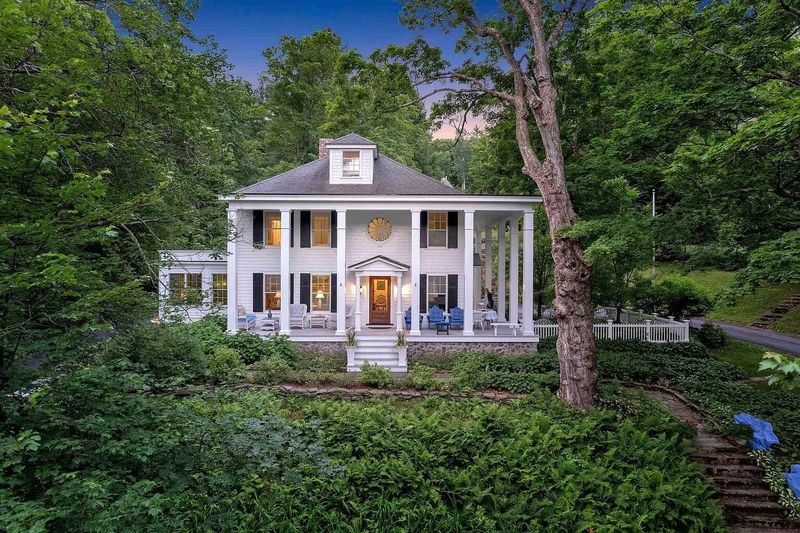
Stretching gracefully around three sides of the home, the wraparound veranda offers the perfect vantage point to enjoy Vermont’s spectacular seasonal changes.
Hand-turned wooden balusters and substantial support columns frame views of the surrounding meadows and distant mountains. Wooden planking, worn smooth from generations of footsteps, creates a warm contrast against the stone facade. During summer months, this outdoor living space becomes an extension of the home, ideal for morning coffee or evening gatherings.
Original ceiling fans with brass fittings still hang from the beadboard ceiling, painted the traditional haint blue that was believed to ward off evil spirits. The veranda’s deep overhang provides shelter from both summer sun and winter snow.
3. Original Slate Roof
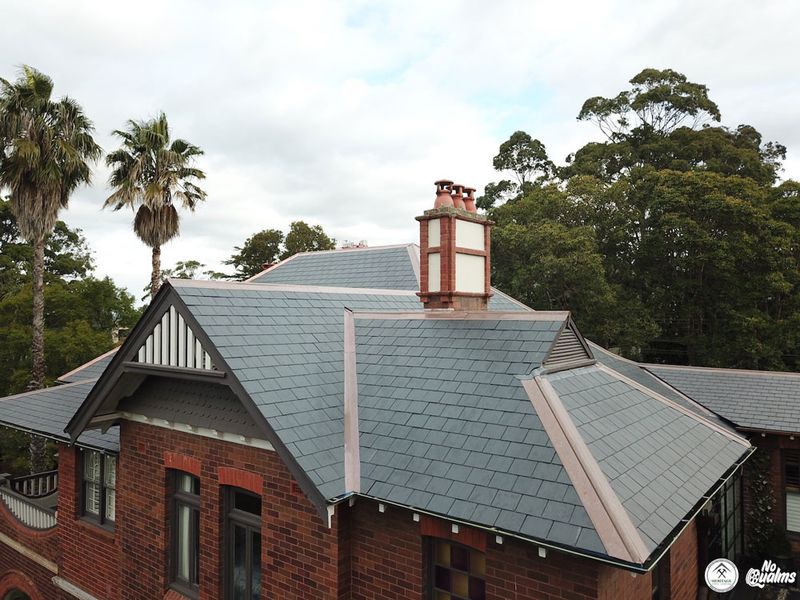
Crowning this architectural gem is the original Vermont slate roof, showcasing a stunning pattern of alternating gray and purple tiles. Quarried from nearby Poultney, these resilient slate pieces have weathered over a century of harsh New England seasons while maintaining their distinctive coloration and integrity.
Each slate tile was hand-cut and installed using copper nails that have developed a beautiful patina over the decades. The roof’s steep pitch, characteristic of Colonial Revival architecture, allows snow to slide off easily during Vermont’s snowy winters.
Decorative copper flashing along the ridgelines has oxidized to a soft green, creating a striking accent against the multicolored slate. The roof’s durability speaks to the quality of materials and craftsmanship of the late 19th century.
4. Carved Wood Entry Doors
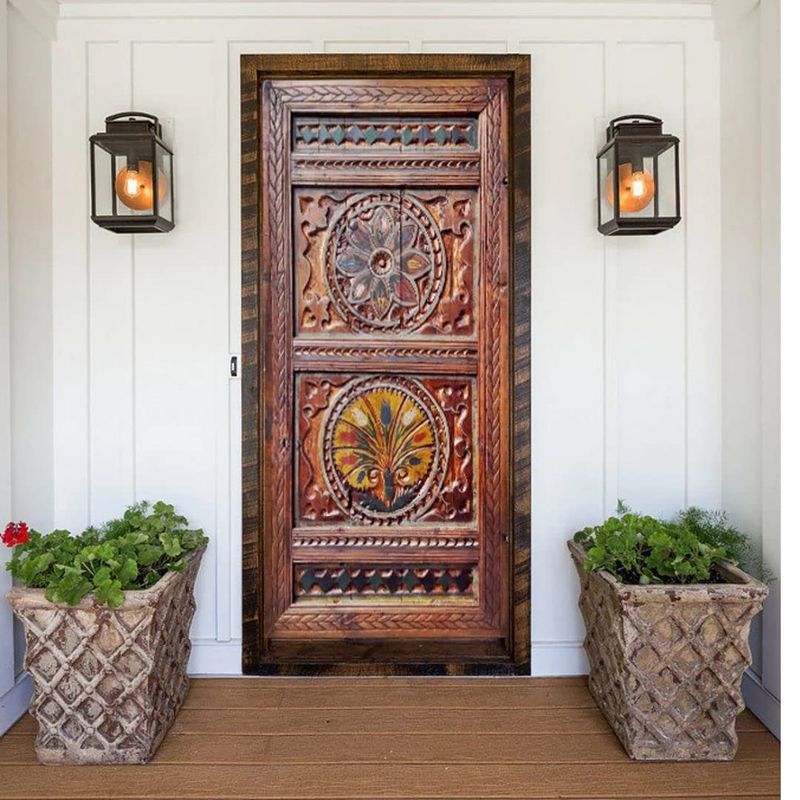
Standing at an impressive eight feet tall, the double entry doors immediately command attention with their intricate hand-carved panels depicting Vermont’s native flora. Crafted from solid oak that has darkened beautifully with age, these doors swing effortlessly on their original brass hinges despite their substantial weight.
The original leaded glass transom window above bathes the entryway in colored light when afternoon sun streams through. Brass hardware, including an elaborate doorknob and keyhole escutcheon, has been polished by countless hands over generations. If you look closely at the lower panels, you’ll notice the carved initials of the original homeowners discreetly incorporated into the design.
These magnificent doors have welcomed visitors through two centuries, serving as the perfect introduction to the home’s interior splendor.
5. Stately Center Hallway

Stepping through those magnificent doors reveals a breathtaking center hallway that runs the entire depth of the home. Measuring fifteen feet wide unheard of in modern construction this grand space served as the social hub of the home during its heyday, accommodating large gatherings with ease.
Wainscoting crafted from quarter-sawn oak lines the lower walls, topped by hand-painted pastoral murals depicting the surrounding Vermont countryside in different seasons. An elegant curved staircase with an intricately carved banister sweeps up to the second floor, its treads slightly worn in the center from generations of use.
Overhead, a crystal chandelier that once held candles has been carefully electrified while maintaining its original character. The hallway’s exceptional width allows natural light to flood in from both the front and rear entrances, creating a welcoming atmosphere.
6. Wide-Plank Wood Floors
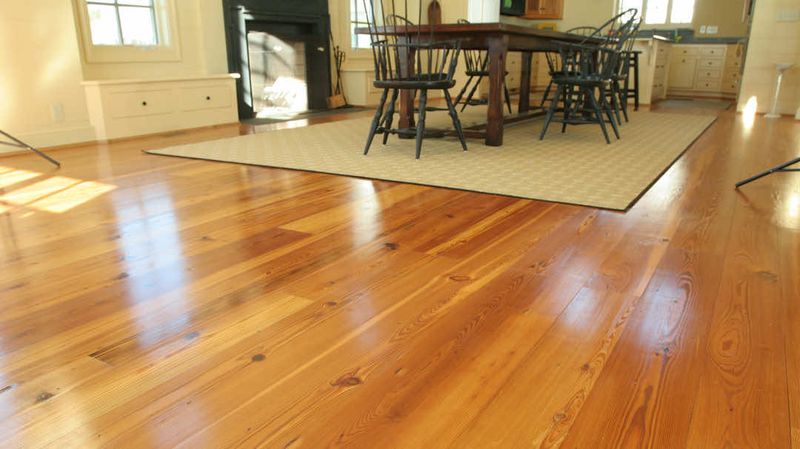
Heart pine floorboards, measuring an astonishing 12 inches wide, stretch throughout the home in a testament to the old-growth forests that once covered New England. Milled from trees that were already hundreds of years old when harvested, these floors display a depth of grain and character impossible to find in modern lumber.
Years of footsteps and gentle care have burnished the wood to a warm honey color that glows in the sunlight. Though over a century old, these floors remain remarkably level, with only the occasional creak to hint at their age.
Hand-forged square nails secure each board, visible upon close inspection as small dark squares along the edges. In the kitchen, you’ll notice slightly wider spacing between boards an intentional design that allowed dust to be swept into the basement below during cleaning.
7. Ornate Fireplace Mantels
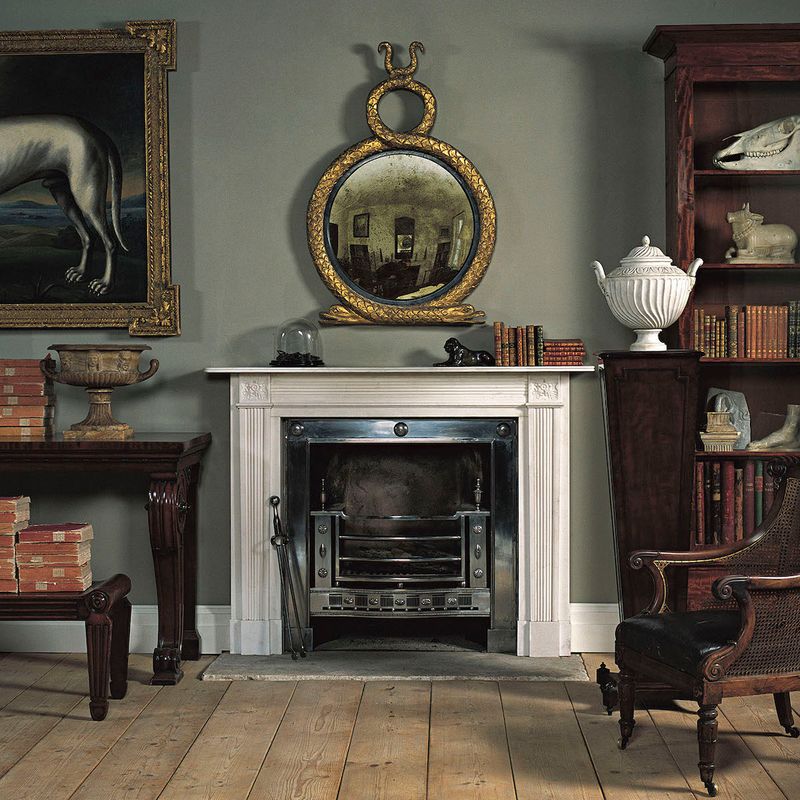
Seven unique fireplace mantels grace this historic home, each one showcasing different carving techniques popular in the late 19th century. The living room features the most elaborate a towering marble masterpiece with carved fruit motifs and elegant scrollwork rising nearly to the ceiling.
In the master bedroom, a more intimate mantel carved from black walnut depicts Vermont wildlife in relief, including a family of deer and native birds. The library mantel incorporates built-in bookshelves on either side, with carved owl figures watching wisely from the corners.
Most fireplaces retain their original tile surrounds, featuring hand-painted scenes in the Arts and Crafts style. Cast iron firebacks, emblazoned with the date of the home’s construction, still protect the masonry from direct flames while radiating heat long after fires have died down.
8. Intricate Crown Molding
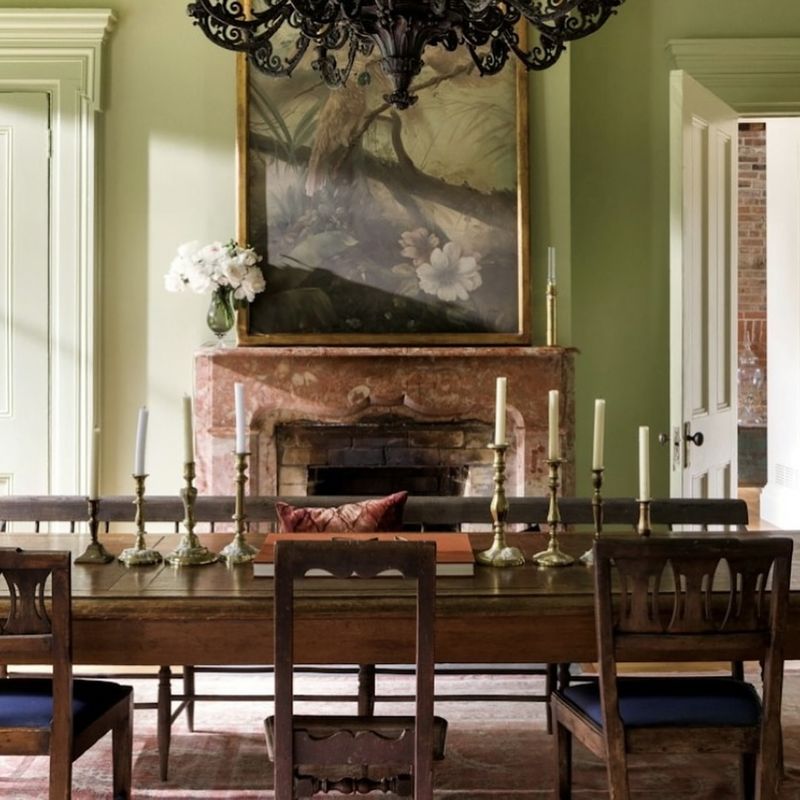
Adorning the ceilings throughout the home is extraordinary crown molding that exemplifies the craftsmanship of the Victorian era. Hand-carved from solid maple harvested from the property itself, each room features a unique design from simple egg-and-dart patterns in the bedrooms to elaborate acanthus leaves and rosettes in formal spaces.
The dining room showcases the most spectacular example, where the molding extends nearly 18 inches down from the ceiling and incorporates carved grape clusters and wheat sheaves symbolizing abundance. Careful restoration has preserved the original gesso details and gold leaf accents that catch the light during evening gatherings.
Corner blocks at each intersection feature carved medallions with the initials of family members who once lived in the home. The plaster ceiling medallions that anchor each chandelier extend the intricate patterns, creating a cohesive design that frames each room beautifully.
9. Leaded Glass Windows
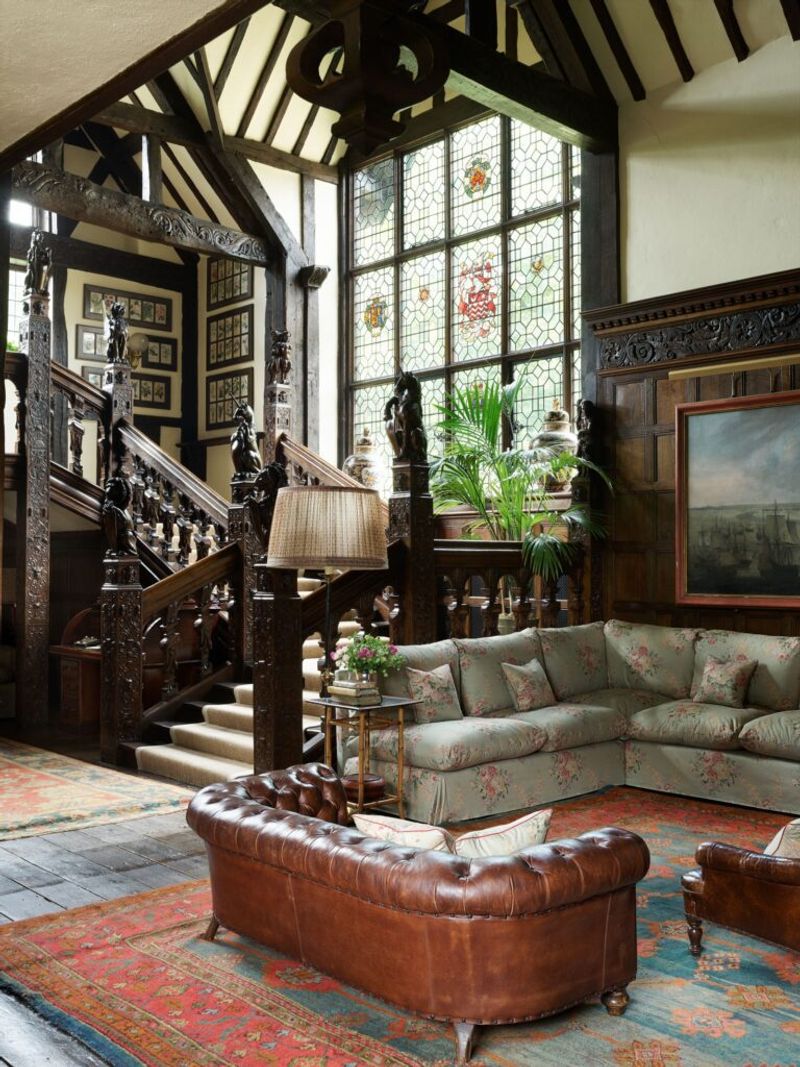
Jewel-like panels of leaded glass adorn key windows throughout the home, casting colorful patterns across the floors when sunlight streams through. The front parlor features an exceptional bay window with diamond-patterned panes incorporating subtle floral motifs in amber, ruby, and cobalt blue glass.
Many windows retain their original wavy glass, with small imperfections that distort the view in a charming way unique to antique homes. The stair landing showcases a spectacular arched window with a peacock design that bathes the center hallway in multicolored light during afternoon hours.
Though over a century old, the lead came remains in excellent condition, having been carefully restored by a master craftsman who specialized in historical preservation. Hidden brass mechanisms allow the windows to open for ventilation while protecting the delicate glass panels an ingenious feature of the original design.
10. Formal Dining Room
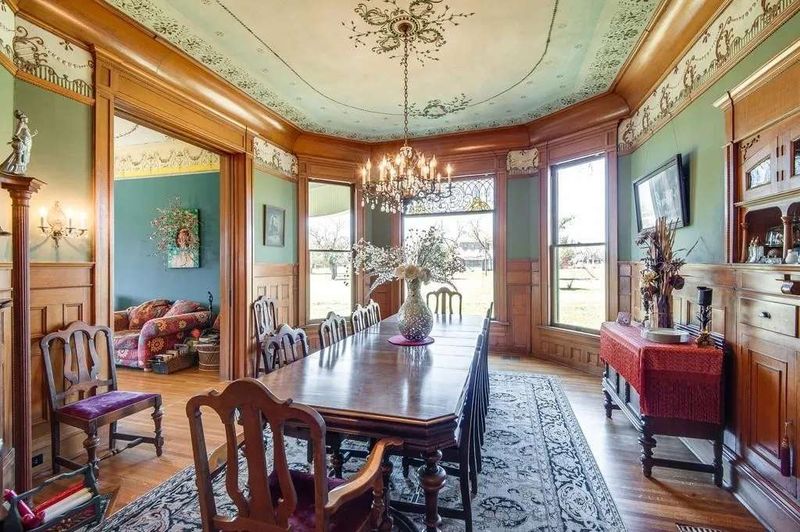
Designed for lavish entertaining, the formal dining room easily accommodates twenty guests beneath a spectacular crystal chandelier that casts prismatic patterns across the space. Built-in corner cabinets with curved glass fronts display the original homeowner’s collection of Wedgwood china and crystal stemware.
The room’s most striking feature is its hand-painted silk wallpaper depicting Vermont’s changing seasons, painstakingly restored by conservation experts. A coffered ceiling adds architectural interest overhead, while a marble-faced fireplace keeps diners warm during Vermont’s notorious winters.
Hidden behind a discreet door, a butler’s pantry connects to the kitchen, featuring original soapstone counters and floor-to-ceiling cabinetry with glass-fronted doors. The wide-plank floors in this room have a darker stain than elsewhere in the home, creating a formal atmosphere for special occasions and holiday gatherings.
11. Paneled Library Room
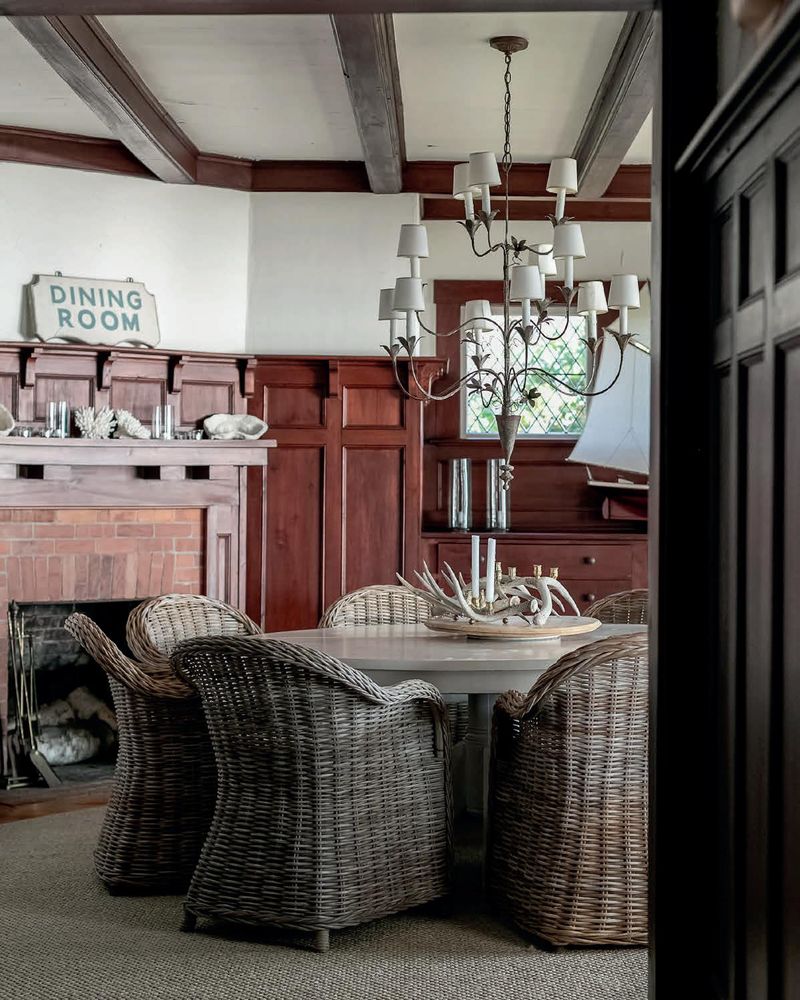
Book lovers will treasure the magnificent library, paneled floor-to-ceiling in quartersawn oak that has developed a rich patina over the decades. Built-in bookshelves line three walls, with a rolling ladder that slides on brass rails to access the highest volumes still filled with leather-bound first editions collected by the original owners.
A massive stone fireplace anchors the room, featuring an inglenook with built-in seating where family members once gathered for reading on winter evenings. The original owner, a botanist, designed the elaborate carved panels to feature Vermont’s native plants and trees in remarkable detail.
Overhead, exposed beams create a coffered ceiling effect, while strategically placed sconces provide perfect reading light. The room’s single concession to modernity is subtle lighting hidden within the bookshelves, illuminating the impressive collection without disrupting the historical atmosphere.
12. Stone Garden Walls
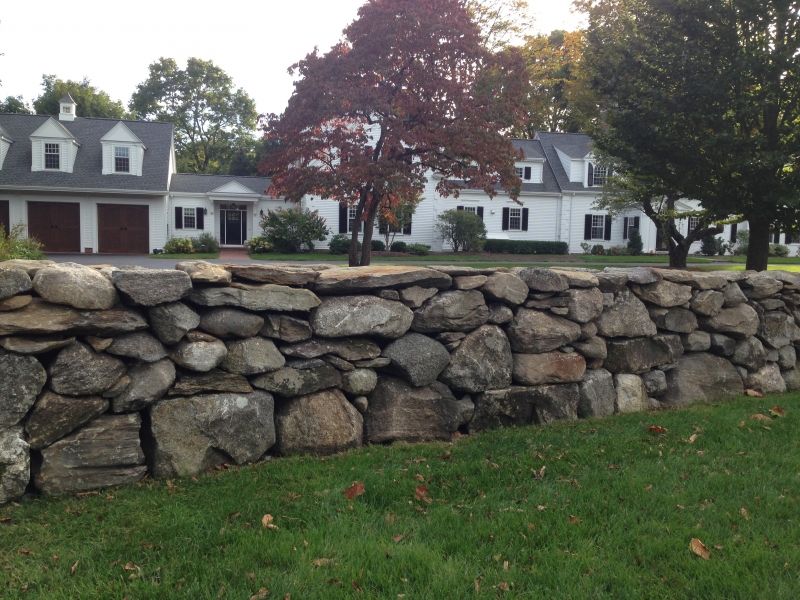
Encircling the formal gardens are exquisite dry-stacked stone walls constructed without mortar using the same techniques employed by Vermont’s earliest settlers. These walls have stood for over a century, moving slightly with frost heaves each winter but never toppling a testament to the skill of their builders.
Local fieldstone in varying shades creates natural patterns throughout the walls, occasionally interrupted by larger flat stones that serve as informal seating. Generations of gardeners have tucked alpine plants into the crevices, creating living tapestries that change with the seasons.
At key points, the walls widen to form pillars topped with antique iron lanterns that still function, lighting garden paths on summer evenings. A particularly charming section incorporates a stone arch leading to a hidden cutting garden, its keystone carved with the original family’s monogram.
13. Expansive Meadow Views
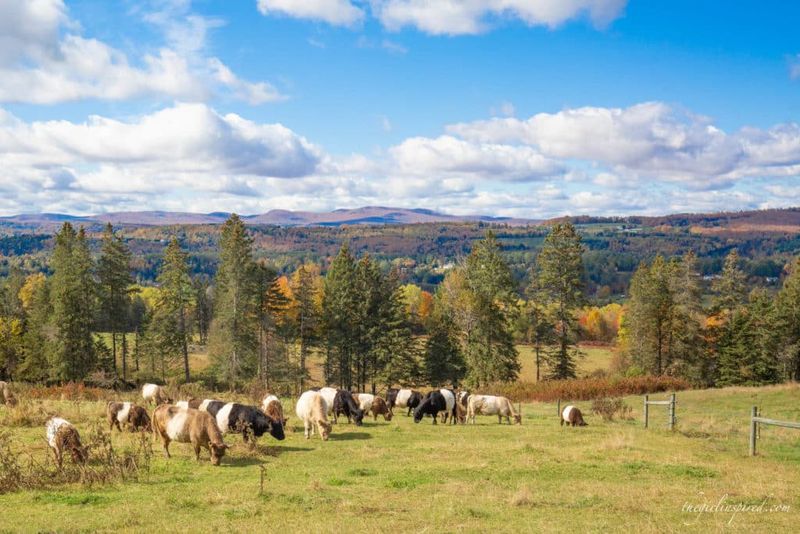
From every window on the home’s western side unfolds a breathtaking panorama of rolling meadows that stretch toward distant mountains. These meadows, carefully maintained for over a century, burst with native wildflowers from spring through fall black-eyed Susans, lupines, and Queen Anne’s lace creating waves of color against the green grass.
Ancient sugar maples line the meadow’s edge, their broad canopies providing shade for grazing animals and spectacular autumn color. A meandering stream bisects the property, its banks lined with native stone that prevents erosion while creating small pools where wildlife gathers.
Morning mist often settles in the meadow’s low areas, creating an ethereal landscape as the sun rises. The meadow’s preservation as open space rather than woodland was a deliberate choice by generations of owners, maintaining the spectacular views that have inspired artists and photographers for decades.
14. Historic Barn Outbuildings
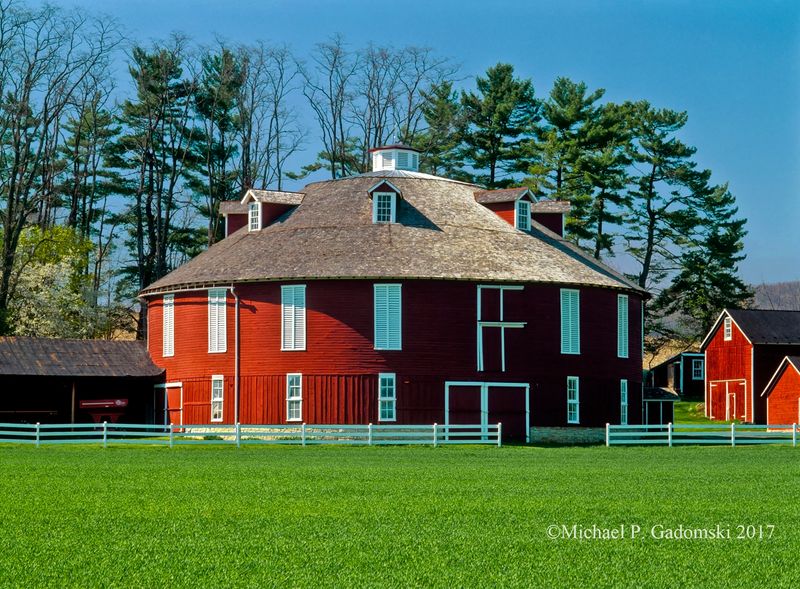
Complementing the main residence are several meticulously preserved outbuildings, including a magnificent post-and-beam barn that dates to 1875. The barn’s soaring interior space features hand-hewn beams joined with wooden pegs, showcasing construction techniques rarely seen in modern structures.
Original horse stalls with cast iron hardware remain intact, alongside the hay loft with its massive pulley system still in working order. The smaller carriage house retains its original sliding doors and cupola topped with a weathervane depicting a trotting horse.
A charming garden shed built from the same stone as the main house serves as a potting area, complete with antique tools hanging from wooden pegs. The ice house, partially built into a hillside for natural insulation, once stored ice cut from the property’s pond to cool the home throughout summer months.

